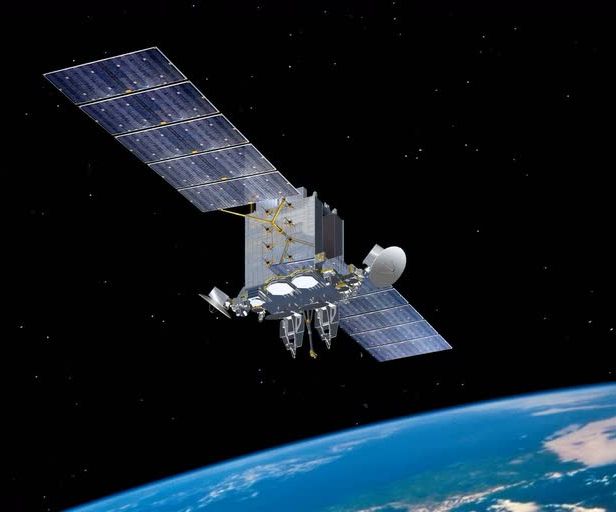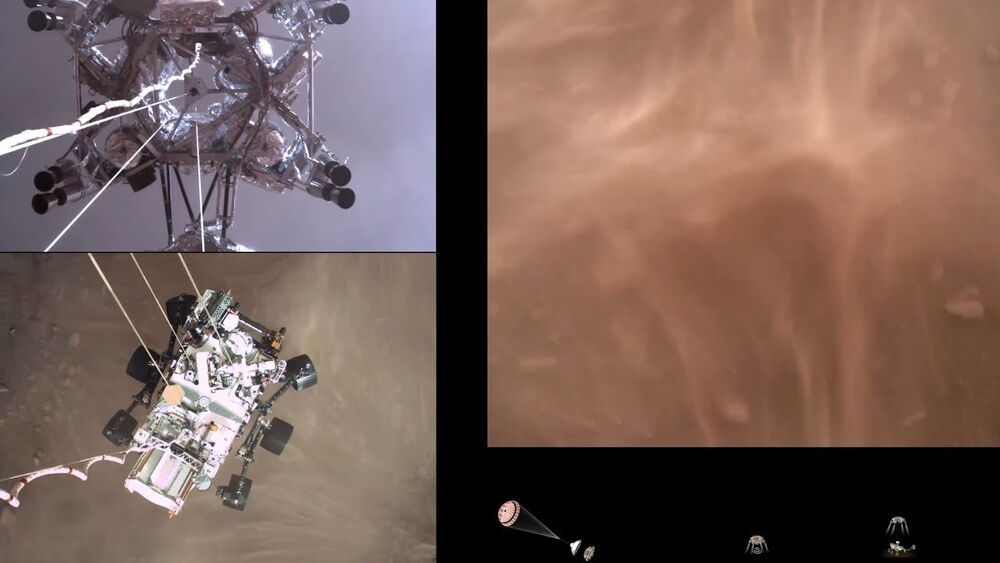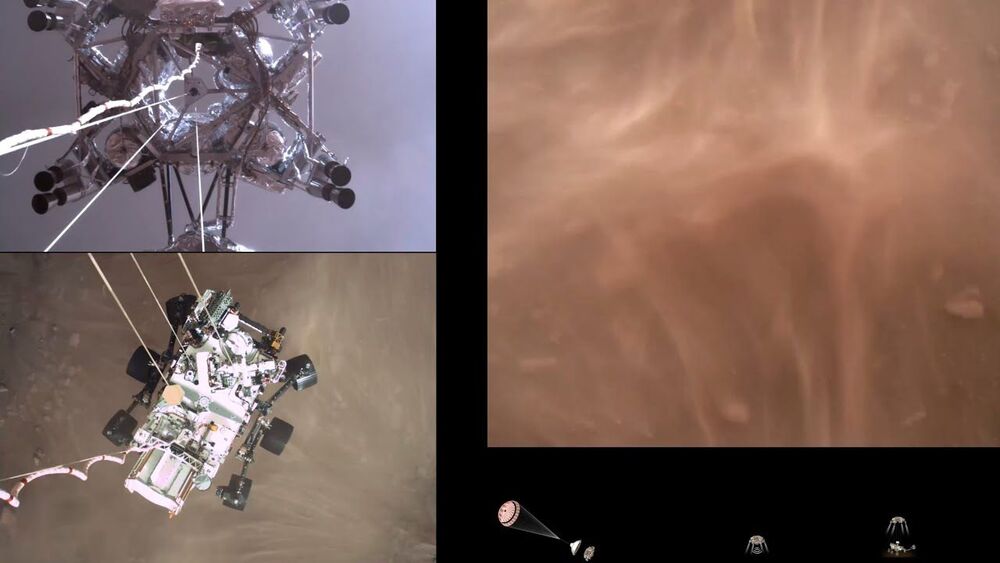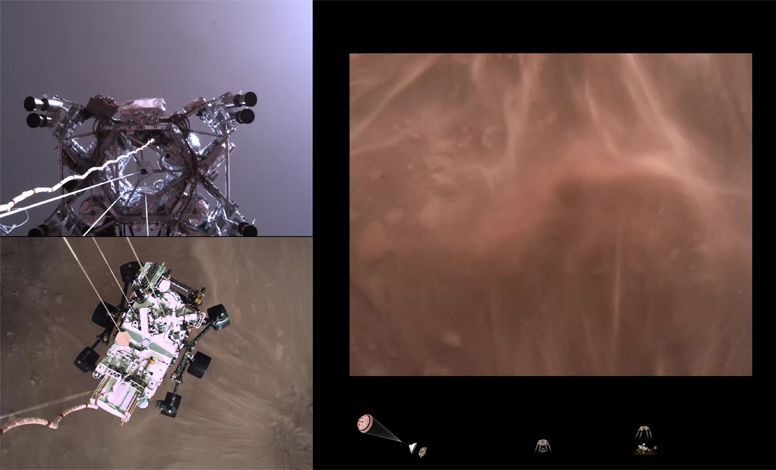What would a habitat on Mars look like? Kind of like this.





If we can take just a fraction of the time that’s spent gaming, and make it useful for science, then that’s practically a limitless resource.
The idea of citizen science isn’t a new one. Amateur scientists have been making important discoveries as far back as Ug the Neolithic hunter and her ‘wheel’, while even Newton, Franklin, and Darwin were self-funded for part of their careers, and Herschel discovered Uranus while employed as a musician. It’s only from the late 20th century that it’s crystallised into what we know today, with the North American Butterfly Association using its members to count the popular winged insects since 1975. Zooniverse has users classify images to identify stellar wind bubbles, track coronal mass ejections, and determine the shape of galaxies. Then there’s Folding@Home and other cloud computing projects—they count too.

Band names often come about in weird and wonderful ways. Black Sabbath’s Geezer Butler named the band after a Boris Karloff horror flick, while Led Zeppelin took inspiration from a prediction about how the group might fare (Keith Moon apparently said they’d go down “like a lead balloon”). And then there’s Nickelback, excitingly named after a tradition in which singer Chad Kroeger – then a Starbucks employee – would give his customers a “nickel back” in change.
Sometimes finding the inspiration that will define your band isn’t always such a natural process. Step in This Band Isn’t Real, a Twitter account that generates fake band names and fake album titles via artificial intelligence. It even generates the appropriate artwork.

The agency’s newest rover captured first-of-its kind footage of its Feb. 18 touchdown and has recorded audio of Martian wind.

NASA’s Mars 2020 Perseverance mission captured thrilling footage of its rover landing in Mars’ Jezero Crater on Feb. 182021. The real footage in this video was captured by several cameras that are part of the rover’s entry, descent, and landing suite. The views include a camera looking down from the spacecraft’s descent stage (a kind of rocket-powered jet pack that helps fly the rover to its landing site), a camera on the rover looking up at the descent stage, a camera on the top of the aeroshell (a capsule protecting the rover) looking up at that parachute, and a camera on the bottom of the rover looking down at the Martian surface.
The audio embedded in the video comes from the mission control call-outs during entry, descent, and landing.
For more information about Perseverance, visit https://mars.nasa.gov/perseverance.
Credit: NASA/JPL-Caltech


